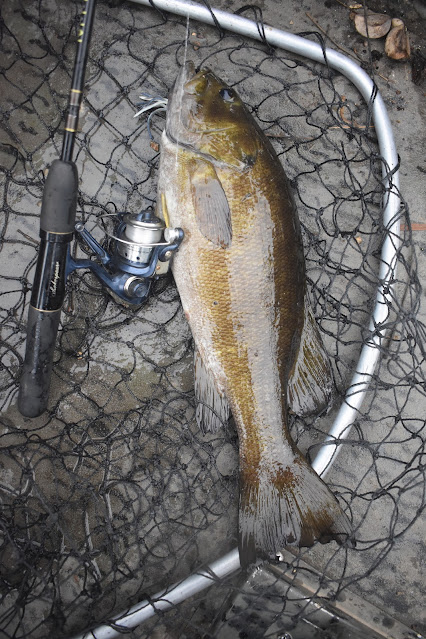I have had no outdoor adventures lately. It has been three weeks since I came down with something called RSV, which stands for “respiratory something virus”. It took me two weeks to get over that. Right behind it was a scheduled knee operation, made necessary by the fact that I jumped off the front of my boat last year, as I have done for decades. But that most recent time, I tore something called a meniscus. I don’t know what it is, but it’s a major part of walking found inside your knee…and what you can’t do without it is, you can’t wade in the river where there are big rocks, because it hurts badly when you do and you often fall. You also can’t bend over to catch a frog, or get on your knees to take a catfish off a trotline.
Being a grizzled old outdoors veteran, I can take a tremendous amount of pain, but limping around like you have a ten-penny nail drove into your knee gets aggravating. So I get over the RSV problem and go right in to have my meniscus took out or sewed back together or whatever, and all this comes about the time I normally do some night-time bass fishing or trotline fishing in the cooler part of the day, which is the night.
The reason I am not writing about that is because I am limping around my place wondering why it hurts as much to fix a meniscus as it does to break it! But I am patient so I wait. Like I have a choice? It has been fixed for three days and I have no recourse but to sit and complain, and perhaps sharpen my trotline hooks as I watch Gunsmoke on television. My knee is just about like it was on day one and day two. The arthroscopic surgeon says I will be good as new someday; perhaps when duck season gets here, I don’t know. Right now, putting on a pair of waders would be next to impossible.
But I shall prevail… I hope. I am downright determined, defiantly dedicated and dadblamed disgusted! Life will be different from now on. Jumping off anything higher than a brick will no longer be done. My deer stand will be two feet shorter. And using my imagination and sharp-as-a-razor memory, I leave you with what would be happening this week or next, if this darn knee recuperates to full usability. Here goes…
“----The heat of the day is behind me. It is substantially dark and upriver a boss bullfrog is bellowing. I will go after him soon, quietly paddling my boat toward the bank where his bulky body besits. I will shine a broad beam of light in his eyes and grab him with my free hand. He will go into the burlap bag with a couple of his bellowing bullfrog buddies, bound for a fine frog fry soon to come. Families of young crawdads along that eddy will rest easier because of his demise. For baby crawdads a boss bullfrog is a bad bully.
But first, I pick up my rod and cast my jitterbug lure toward the bank in the coolness of fading evening. The big lure slides across the still water swirling below the shoal and a smallmouth bass of substantial size slurps it under with a surprisingly quiet splash. My rod is nearly doubled, and I let him wear down as I wait, never lessening the pressure, holding the jitterbug hooks solid in his jaw. Then I net the rascal and admire his size before I release him; a battling big brown bass, bold and beautiful in the bright beam of my brow-light there on the bottom of the boat.
Again the bullfrog bellows upstream. Should I go after him or try another cast. It is a difficult decision, one an outdoorsman like me must make on a regular basis. But I am up to it… such is the ways and the plight of a grizzled old veteran riverman! Right or wrong, I will live by such decisions which must be made… once this darned knee gets back to normal!!! But I sure as heck won’t ever decide to jump off the boat!
If you like to read, I have a new short story book coming out, and a new magazine too. You can get copies or information about either by calling my office, 417 777 5227. Normally you would have to talk with my secretary, Ms. Wiggins, but while this knee heals, you likely will get aholt of me. I may answer in a somewhat pained voice.
Read past columns on www.larrydablemont.outdoors and write to me at Box 22, Bolivar, Mo. 65613



